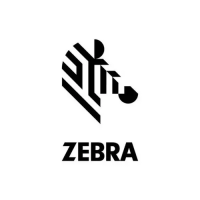Data Capture
65
Scanning Considerations
Scanning consists of; aim, scan and decode. Scanning performance can be optimized by considering the
range and the scanning angle:
• Range
Any scanning device decodes well over a particular working range (minimum and maximum distances
from the barcode). This range varies according to barcode density and scanning device optics.
Scanning within range brings quick and constant decodes; scanning too close or too far away prevents
decodes. Move the scanner closer and further away to find the right working range for the barcodes
being scanned. However, the situation is complicated by the availability of various integrated scanning
modules. The best way to specify the appropriate working range per barcode density is through a chart
called a decode zone for each scan module. A decode zone simply plots working range as a function of
minimum element widths of barcode symbols.
• Angle
The scan angle is important for optimizing decode performance. When laser beams reflect directly back
into the scanner from the barcode, this specular reflection can “blind” the scanner.
To avoid this, scan the barcode so that the beam does not bounce directly back. But do not scan at too
sharp an angle; the scanner needs to collect scattered reflections from the scan to make a successful
decode. Practice quickly shows what tolerances to work within.
NOTE: Contact the Zebra Support if chronic scanning difficulties develop. Decoding of properly printed
barcodes should be quick and effortless.
Barcode Capture with Laser Scanner
To read a barcode, a scan-enabled application is required. The device contains the DataWedge
application that allows the user to enable the scanner to decode barcode data and display the barcode
content. See DataWedge on page 76 for information on enabling DataWedge.
1. Launch a scanning application.

